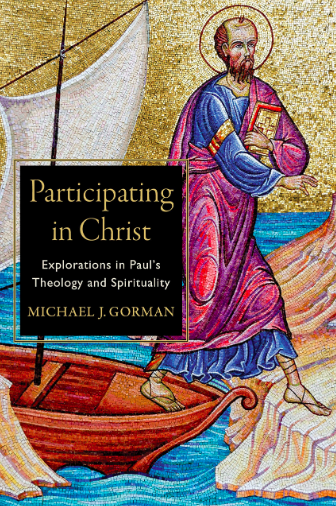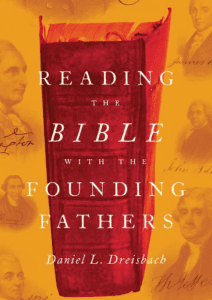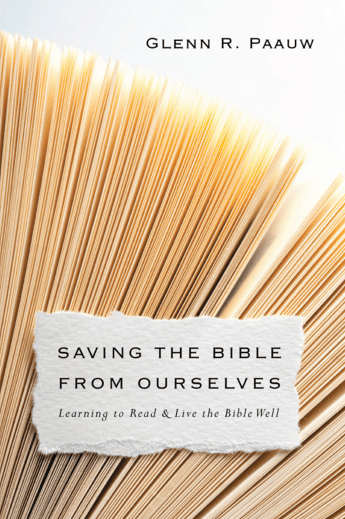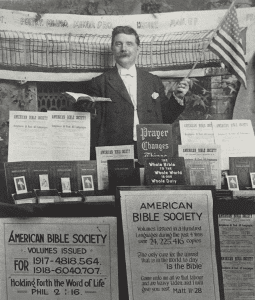 In the late 80s and early 90s perhaps no Old Testament scholar had built around him a way of Bible reading more than Brevard Childs at Yale. Childs resisted two approaches to Bible and theology — the historical-critical method that all but ignored theology and the “biblical theology” approach because it was too historical-critical in approach. He proposed what is often called a “canonical approach.” Childs knew his Bible well, and not just his Old Testament — so much so that he wrote an The New Testament as Canon: An Introduction, which I read as a young professor and then reviewed in TSF Bulletin. I sent my review to Childs, and he wrote back a long response which TSF Bulletin also published. I often greeted Childs at the SBL meetings and was saddened to hear, years later, that he was not physically well … a full study of Childs has been published by Daniel Driver, Brevard Childs, Biblical Theologian.
In the late 80s and early 90s perhaps no Old Testament scholar had built around him a way of Bible reading more than Brevard Childs at Yale. Childs resisted two approaches to Bible and theology — the historical-critical method that all but ignored theology and the “biblical theology” approach because it was too historical-critical in approach. He proposed what is often called a “canonical approach.” Childs knew his Bible well, and not just his Old Testament — so much so that he wrote an The New Testament as Canon: An Introduction, which I read as a young professor and then reviewed in TSF Bulletin. I sent my review to Childs, and he wrote back a long response which TSF Bulletin also published. I often greeted Childs at the SBL meetings and was saddened to hear, years later, that he was not physically well … a full study of Childs has been published by Daniel Driver, Brevard Childs, Biblical Theologian.
Today our concern is how Edward Klink and Darian Lockett, in their Understanding Biblical Theology, sketch a fourth type of biblical theology: Biblical Theology as Canonical Approach. The big issue here is to call attention to biblical theology as something involving decisions by the church on what constitutes its Bible. Bible is not just a document; it is a church’s book, a canon (as list and as norm for its theology).
But the big point is this one: the place for determining meaning is not the original setting or the original author but the text in its final form in the context of the canon. The task then for biblical theology is to affirm importance of canon.
What do you think of the “canonical approach” to biblical theology? What happens to our study of the Bible if we recognize canon as an important theological approach?
It looks more specifically like this:
1. The goal is not to find the original event, etc but to examine/explain the final “construal” of the event in the Scripture. The problems with the “find the original event/text/history” approach: history determines truth not the text; hypothesis makes all conclusions speculative; the Bible as the church’s text is denied; history trumps theology. Childs himself embraced the hist-crit method but it was swallowed into his canonical approach.
2. OT and NT are interwoven in this approach because they are unified. The Hebrew Bible becomes the Christian Old Testament, and Jesus Christ becomes the substance — though this does not mean the OT is swamped by NT theology. The OT is the initial hearing that is heard more fully in Christ.
3. The Bible as canon means the Bible is the church’s theology.
4. The substance and scope of the Bible is Jesus Christ. [This cuts a bit into BT2, the history of redemption approach, which makes redemption the substance of the Bible.]
5. I add this one: the canonical approach also asks what a given text — say John — now means in light of its inclusion in the canon, and might even ask what its ordered location (fourth Gospel, just before Acts) in the Bible means for how to read that text. My point here is that the canonical approach shapes each text in light of its placement in canon. As with BT2’s salvation history influence and BT3’s worldview-story influence, so this approach sees the decisive influence from canon. One might say BT2 and BT3 are “canons” within the canon influences — they ask what is driving the canon while the canonical approach asks that from a wider angle.
His approach has three “steps”:
1. Begin with the ancient text and its “plain” sense.
2. Dialogue between ancient text and canon.
3. Dialogue between subject matter and ancient text.
Christopher Seitz, a disciple of Childs, sees three areas: literary/exegetical (the final form is a commentary on the preceding forms of the text), catholic/ecclesial (the questions the church has posed to the Bible matter), and theological.
There are problems here, some of them overblown a bit, but many have pointed to lack of clarity on the meaning of “canon” — though I think this distracts from the genuine contribution of Childs and, at the same time, the challenge of making this approach work. A significant question for me is “Whose canon? Which canon? Catholic, Protestant, Orthodox, Jewish?” And “Which text?” This one is interesting because Childs embraces the entire textual manuscript tradition of the church … variants, too!











